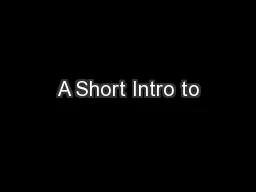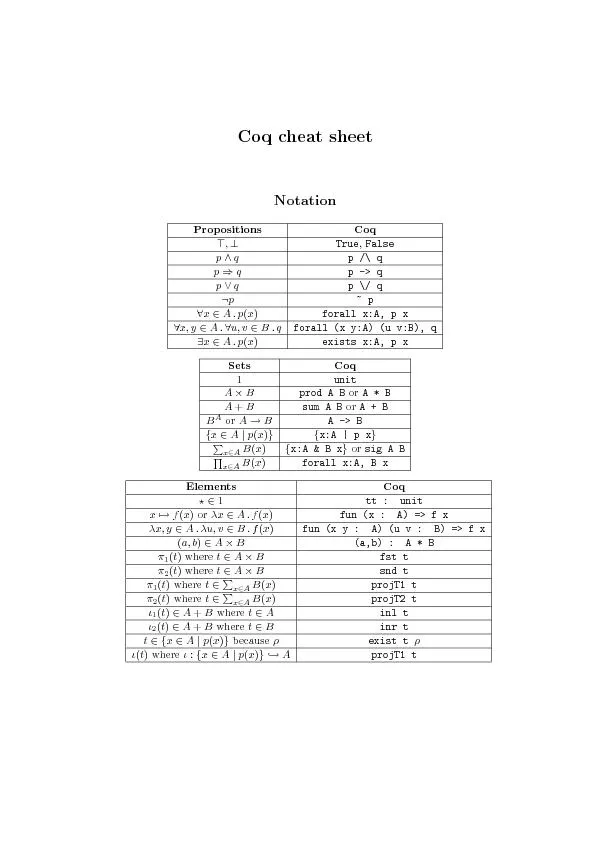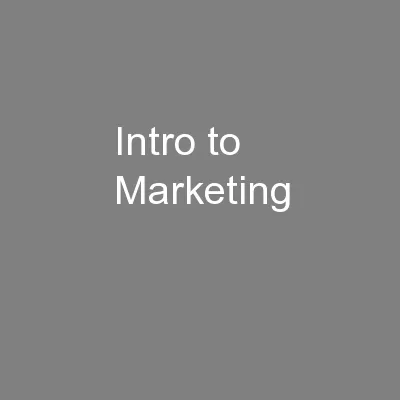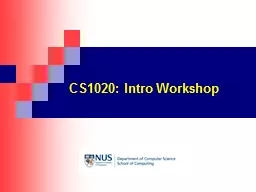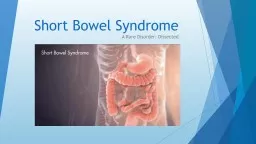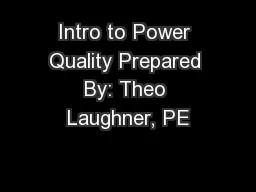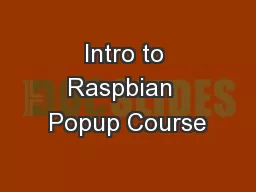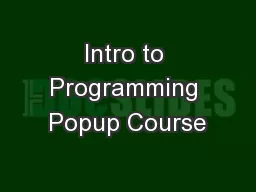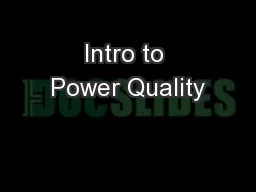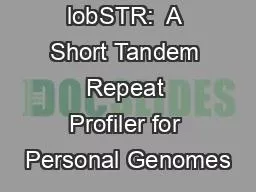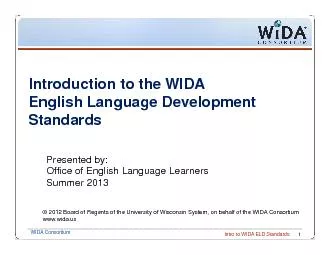PPT-A Short Intro to
Author : jane-oiler | Published Date : 2016-06-22
Marco D Santambrogio Politecnico di Milano Sala Seminari DEIB 2 Sept 2015 Ver 10 2 915 What are TeX and LaTeX LaTeX is a typesetting systems suitable
Presentation Embed Code
Download Presentation
Download Presentation The PPT/PDF document "A Short Intro to" is the property of its rightful owner. Permission is granted to download and print the materials on this website for personal, non-commercial use only, and to display it on your personal computer provided you do not modify the materials and that you retain all copyright notices contained in the materials. By downloading content from our website, you accept the terms of this agreement.
A Short Intro to: Transcript
Download Rules Of Document
"A Short Intro to"The content belongs to its owner. You may download and print it for personal use, without modification, and keep all copyright notices. By downloading, you agree to these terms.
Related Documents

